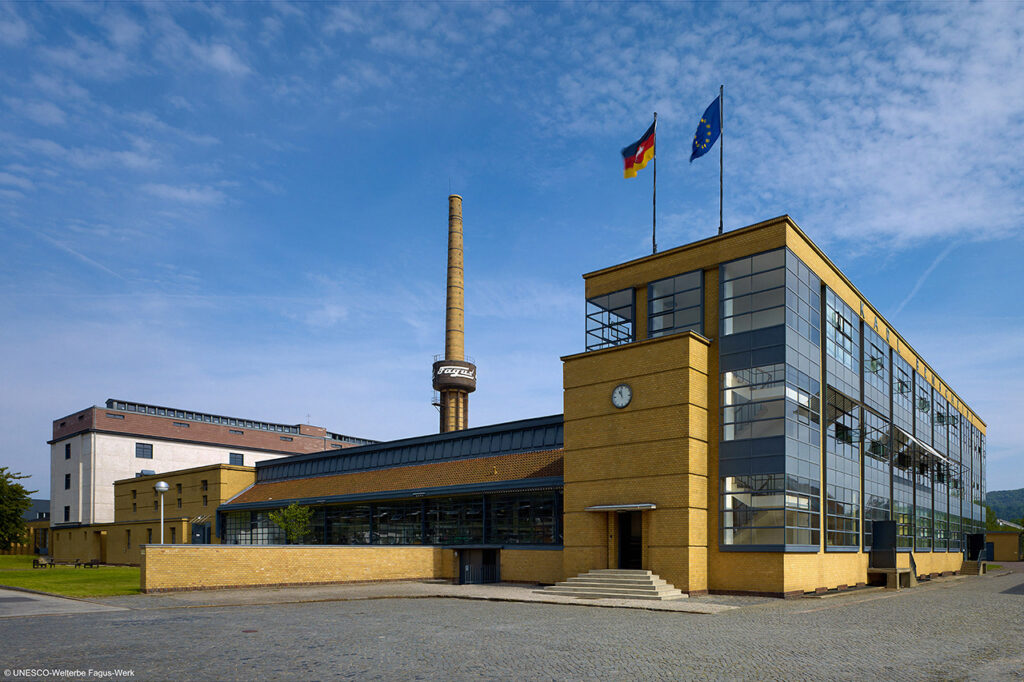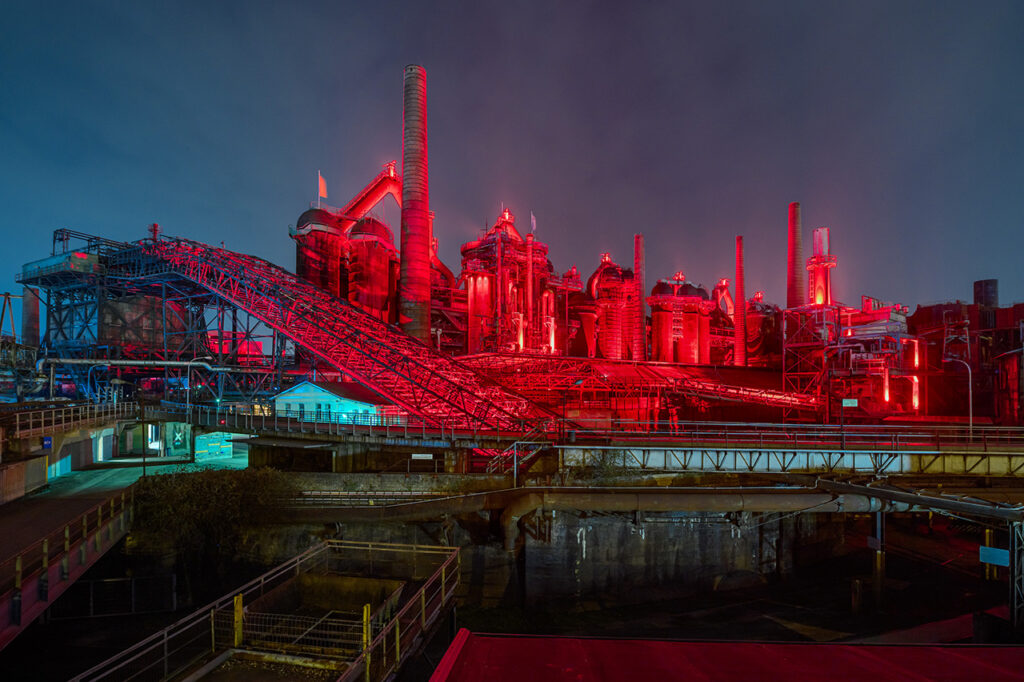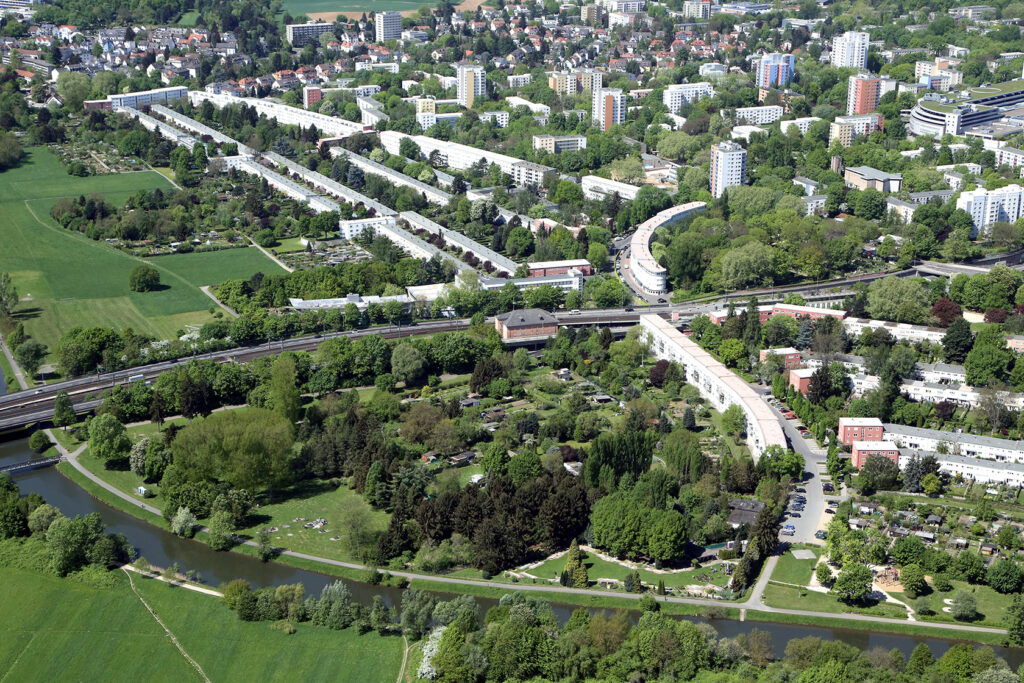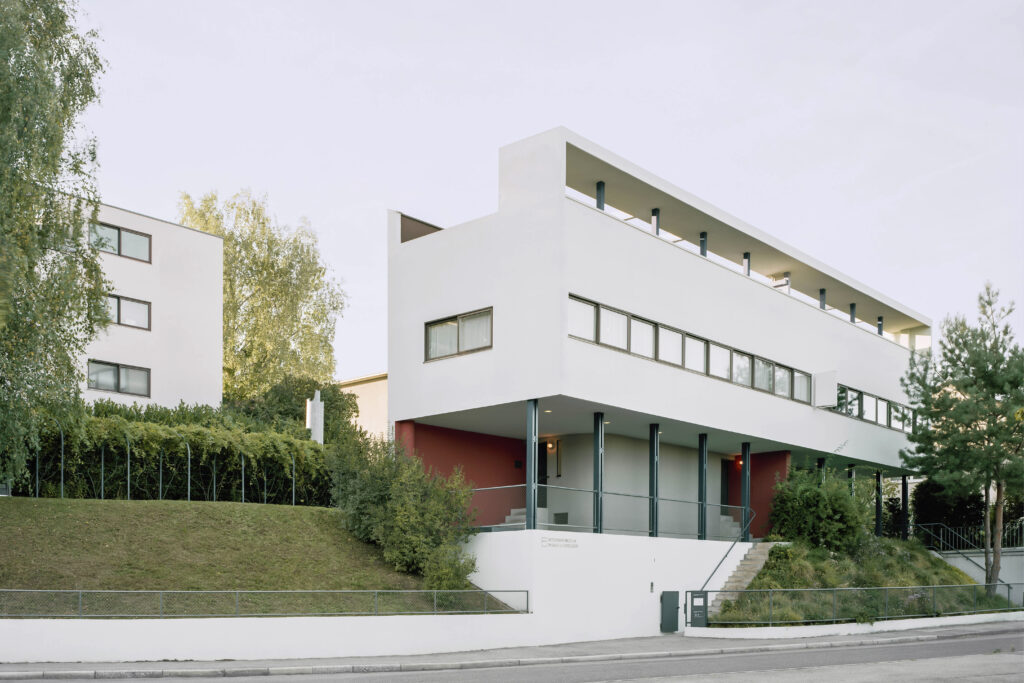UNESCO World Heritage Sites of the Modernism
Partner sites of the Triennial of the Modernism 2022 in Germany
Of the total of 51 German World Heritage sites, several are part of the heritage of the Modernism 20th century and industrialisation. Within the framework of Triennial , we want to link these sites more closely. In 2022, the following World Heritage sites or title aspirants will also be represented as associated partner sites for the first time. The operating models, which will be reported on at the Berlin launch event, are as diverse as the sites, their architecture and history.
ADGB Federal School Bernau

Since 2017, the ensemble designed by Hans Wittwer and Hannes Meyer has been part of the UNESCO World Heritage Site "The Bauhaus and its Sites in Weimar, Dessau and Bernau". At the beginning of 2022, the visitor centre of the former school of the German General Federation of Trade Unions (ADGB), located northeast of Berlin, was inaugurated.
Fagus plant Alfeld

The Fagus factory is located in Alfeld in Lower Saxony, not far from Hildesheim, and is known worldwide as the original building of the Modernism. The factory building, designed by the architect and Bauhaus founder Walter Gropius, was built in 1911, is still in operation today and was designated a UNESCO World Heritage Site in 2011.
Völklingen Ironworks

The World Cultural Heritage Site at the Völklingen Ironworks is the first monument from the heyday of industrialisation to be inscribed on the UNESCO World Heritage List. Today, the former ironworks is a fascinating place of industrial culture, art and nature. The Völklingen Ironworks reflects the age of high industrialisation in a unique way.
Zollverein Colliery

The Zollverein Coal Mine and Coking Plant in Essen is not only an impressive monument of industrial culture, but also a landmark of the Ruhr region and a symbol of the transformation of what was once the largest coal mine in the world into a location for culture, leisure, education and business. The UNESCO World Heritage Site thus combines culture of remembrance with location development.
Mathildenhöhe

In July 2021, the Mathildenhöhe was inscribed on the UNESCO World Heritage List. Created in 1899 as an artists' colony, today it is an outstanding example of experimental architecture of the early 20th century consisting of a wedding tower, exhibition building, artists' colony museum, plane tree grove and several artists' houses.
New Frankfurt

In the 1920s, an unprecedented programme of urban development was implemented in Frankfurt, which went down in history as the New Frankfurt. Under the mayor of the time, Ludwig Landmann, and the city's building advisor, Ernst May, the Modernism took shape on the Main by creating leafy Trabant and garden cities.
Buildings by Le Corbusier

Since July 2016, the semi-detached house and the detached house by Le Corbusier in the Weissenhofsiedlung have been part of the transnational UNESCO World Heritage Site "The Architectural Work of Le Corbusier". The houses were built in 1927 together with 30 other buildings in the course of a building exhibition. The World Heritage Site includes further ensembles in France, Belgium, India, Japan, Argentina and Switzerland.
Other partners

In addition to partner cities of Modernism in Germany, Triennial also wants to establish a network of Modernism in Europe in the longer term. Also for this a first Opening was made and altogether 32 partners from altogether 12 central European countries were won:
